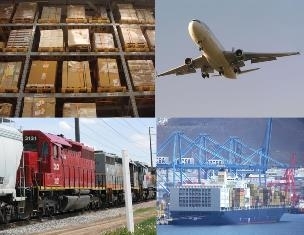KOM FTZ History
In 1989, the counties of Kent, Ottawa, and Muskegon, under Michigan's Intergovernmental Cooperation Act, formed the Kent-Ottawa-Muskegon Foreign-Trade Zone (KOM-FTZ) Authority to apply for the federal Foreign Trade Zone program to both existing and new companies within KOM's geographic area. These counties located within the core of West Michigan recognized the need to offer the local business community the benefits available through a Foreign-Trade Zone. Rather than competing with one another, the three counties adopted a typical West Michigan approach of collaboration and cooperation, and in 1989 began the application process for a Foreign-Trade Zone with sites strategically planned throughout the region.
In January 1993, Foreign-Trade Zone #189 received approval from the U.S. FTZ Board in Washington D.C. recognizing the official grant of authority to operate Kent-Ottawa-Muskegon Foreign-Trade Zone (KOM-FTZ).
In 1999, Grand Valley State University became a formal partner of the KOM-FTZ Authority having representatives serving on the KOM Board. Grand Valley State University is the grantee administrator of KOM-FTZ through its Van Andel Global Trade Center.
KOM-FTZ reorganized under the Alternative Site Framework (ASF) in August 2012 designating all nine existing public sites as magnet sites. KOM-FTZ helps educate businesses on the benefits of the federal program which include:
- Facilitating exports
- Bringing value-added activity in the local community
- Encouraging retention and growth of domestic manufacturing
- Creating employment opportunities
- Assist local business conduct international sales and better compete with foreign competitors


